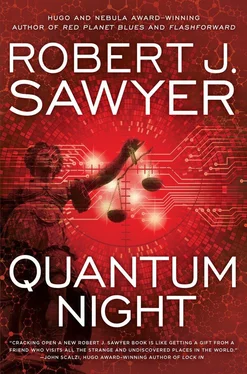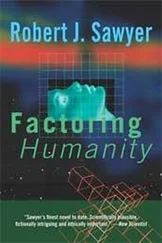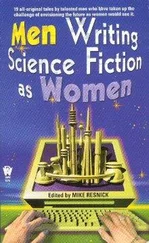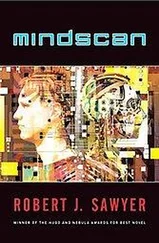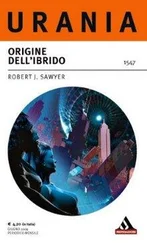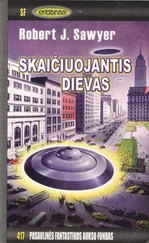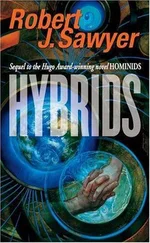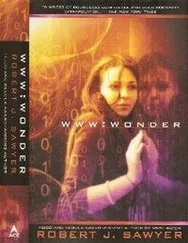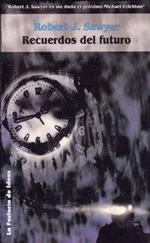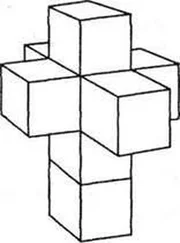“Well,” I said, “in the movie The Silence of the Lambs, remember the first interview between Clarice Starling and Hannibal Lecter? Anthony Hopkins absolutely nails one aspect of psychopaths—at least as much as someone who actually isn’t one can. He looks right at Clarice and says”—and here I did my best impersonation of Hopkins’s cultured hiss—“‘First principles, Clarice. Of each particular thing ask: what is it in itself? What is its nature?’ And then, the most memorable part, as his eyes drill into her and he says, ‘What does he do, this… man… you… seek?’ Remember that?”
Heather shuddered a little. “Oh, yes.”
“Jodie Foster’s response—‘He kills women’—is supposed to be the chilling part, but it isn’t. It’s Lecter’s stare, the way he looks right at Clarice, unblinking, unflinching. I’ve seen that stare in the flesh, from real psychopaths in jails. It’s the most unnerving thing about them.”
“I bet,” said Heather. She’d ordered mozzarella sticks as an appetizer; I’d been out with her and Gustav and seen him veto her choices of anything fattening. She took one of the sticks now and dipped it in marinara sauce.
“But, you know,” I said, “good as he is, Anthony Hopkins is only simulating the psychopathic stare. He can’t do it quite right.”
“How do you mean?”
“A real psychopath looks at you not just without blinking much—although that certainly adds to the reptilian effect—but also without performing microsaccades.”
Heather had heard me talk about them before. Microsaccades are involuntary jerks as the eyeball rotates two degrees or less; they occur spontaneously whenever you stare at something for several seconds. Their purpose is debated although the most common theory is that they cause the neurons perceiving an object to refresh so that the image doesn’t fade.
Heather’s eyebrows rose above her wire-frame glasses. “Really?”
I nodded. “Yup. The paper’s coming up in Nature Neuroscience.”
“Way to go!” But then she frowned. “Why would that be, though? What have microsaccades got to do with psychopathy?”
“I’m not sure,” I admitted, “but I’ve demonstrated the lack in forty-eight out of fifty test subjects, all of whom had scored thirty-two or above on the PCL-R.”
“What about the other two?”
“Not psychopaths; I’m convinced of it. And that’s the problem with the PCL-R: it’s not definitive. Bob Hare got pissed several years ago when a pop-sci book called The Psychopath Test came out. It implied anyone could properly assess whether their neighbors or bosses or even casual acquaintances were psychopaths. As Hare said, it takes a week of intensive training to be able to score his twenty variables properly, and that’s on top of formal psychological or psychiatric education. But his test can have false positives if a clinician miscategorizes something, or assigns a score of two when only a one is really warranted—or if the psychopath is good at evading detection.”
“Ah,” said Heather. “But, um, how do you know Anthony Hopkins isn’t a psychopath?” Her tone was light. “I mean, think of the parts he’s played—not just Hannibal Lecter but also Alfred Hitchcock, a guy who was obsessed with making a movie about a psycho and who had a lot of callous traits himself. Maybe it’s typecasting.”
“I actually thought about that. Hopkins also played Nixon and Captain Bligh, after all—arguably a couple of other psychopaths.”
“True.”
“So I got the 4K Ultra disc of Silence of the Lambs. That film was shot in thirty-five millimeter, and 4K scanning is sufficient to capture all the resolution of the original film stock; it was sharp enough in the close-ups when he’s staring at Clarice to check. His eyes were indeed performing microsaccades.”
Heather smiled. “So much for Method acting.”
Her mozzarella sticks looked yummy, but I couldn’t have one. “Yeah. Still, Hitler had an unnerving stare, too. He’d lock his eyes on people and hold the gaze much longer than normal. There’s no footage of him clear enough to show whether or not he was doing microsaccades, but I’m sure he wasn’t.”
“But I still don’t get the why of it,” said Heather. “What has the lack of microsaccades got to do with being a psychopath? I mean, okay, I can see how it could account for the stare…”
“It’s more than that,” I said. “You know, a lot of the world’s most-cutting-edge work in psychopathy has been done here in Canada… which says something, I’m sure. Not only is Bob Hare Canadian—he’s emeritus now at UBC—but so is Angela Book. She published a study in 2009 called ‘Psychopathic Traits and the Perception of Victim Vulnerability.’ That study and subsequent ones have shown that psychopaths have an almost preternatural ability to target already wounded people.
“In one of my own experiments, I made high-resolution videos of a group of female volunteers, some of whom had been assaulted in the past and some of whom hadn’t, milling about in a room with some male grad students. I then showed the footage to a group of men, asking them to pick out which females had been previously assaulted. For normal men, the success rate was no better than chance: they simply couldn’t tell and so just guessed. But the psychopaths averaged eighty percent correct.
“When I asked the psychopaths how they could tell, their answers ranged from the not-very-helpful ‘it’s obvious’ to the significant ‘I can see it in their faces.’ And apparently they could. Human faces are in constant, subtle motion, exhibiting fleeting microexpressions that last between a twenty-fifth and a fifteenth of a second. When a psychopath turns on the psychopathic stare, free of microsaccades, he can clearly see the microexpressions. In the case of the previously abused women, an ever-so-brief look of fear might pass over their faces when a man looks at them, and not only do the psychopaths notice it, but they gravitate toward those exhibiting such things.”
“Holy shit,” said Heather.
“Yeah.”
The server arrived with Heather’s Cobb salad. “Go ahead,” I said.
She took a forkful. “What about sociopaths as opposed to psychopaths?”
“Po-tay-toe, po-tah-toe. Although some clinicians—mostly Americans, come to think of it—still try to distinguish between the two, the DSM-5 lumps them together. You know, much of the dialog in the movie version of The Silence of the Lambs comes straight out of the novel, but in the book, Lecter is described as ‘a pure sociopath,’ whereas in the film, they changed it to ‘a pure psychopath.’ The distinction, if there is one, either comes down to etiology—those like me who prefer the term ‘psychopathy’ think the cause is mostly a difference in the brain; those who prefer ‘sociopathy’ think society must have shaped the person—or down to how the condition manifests itself. Some say the classic glib and charming but totally heartless guy—that’s a psychopath; if it’s more of a regular schlub who just happens to lack conscience and empathy, he’s a sociopath. Regardless, my technique detects them both. Still…”
She looked at me expectantly. “Yeah?”
“You know the difference between a psychopath and a homeopath?”
She shook her head.
“Some psychopaths do no harm.”
“Ha!” She ate a forkful of salad, then, “So, how precisely does your method work? How do you conduct the test?”
“Well, microsaccades are a fixational eye movement—they occur only when your gaze is fixed on something. And to get a really solid, really good track, I don’t normally use film. Rather, I use a modified set of ophthalmologist’s vision-testing goggles. I get the suspected psychopath to wear them and simply ask him or her to stare for ten seconds at a dot displayed by the goggles. Sensors check to see if the eyes stay rock-steady or if they jerk a bit. If the former, the guy’s a psychopath, I guarantee it. If the latter—if the subject is performing microsaccades—he isn’t. You can’t fake microsaccades; the smallest volitional eye shift anyone can do is much bigger. As long as the person doesn’t have an eye-movement disorder, such as congenital or acquired nystagmus, which would be obvious before you did the test, with my technique, there are no false positives. If I say you’re a psychopath, you bloody well are.”
Читать дальше
